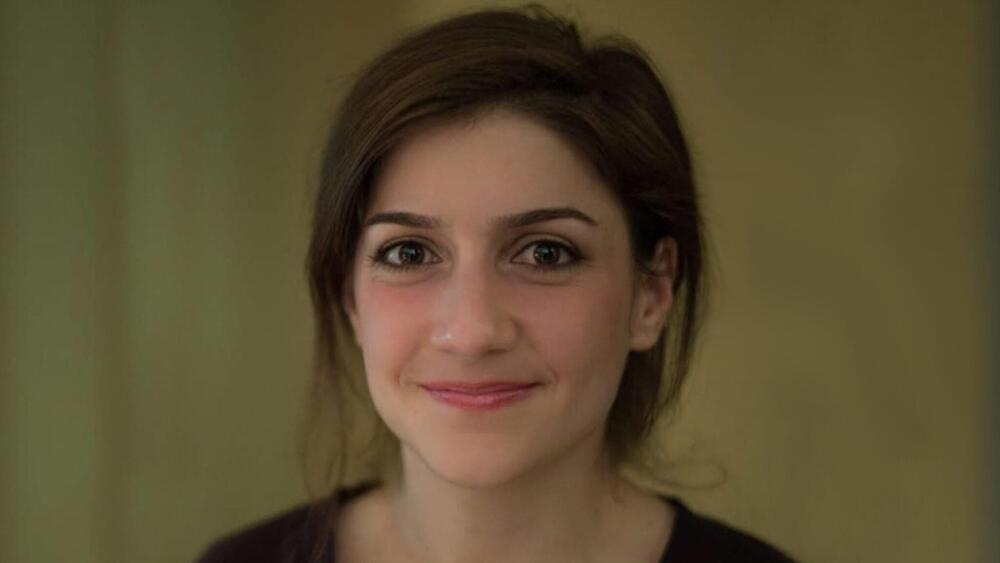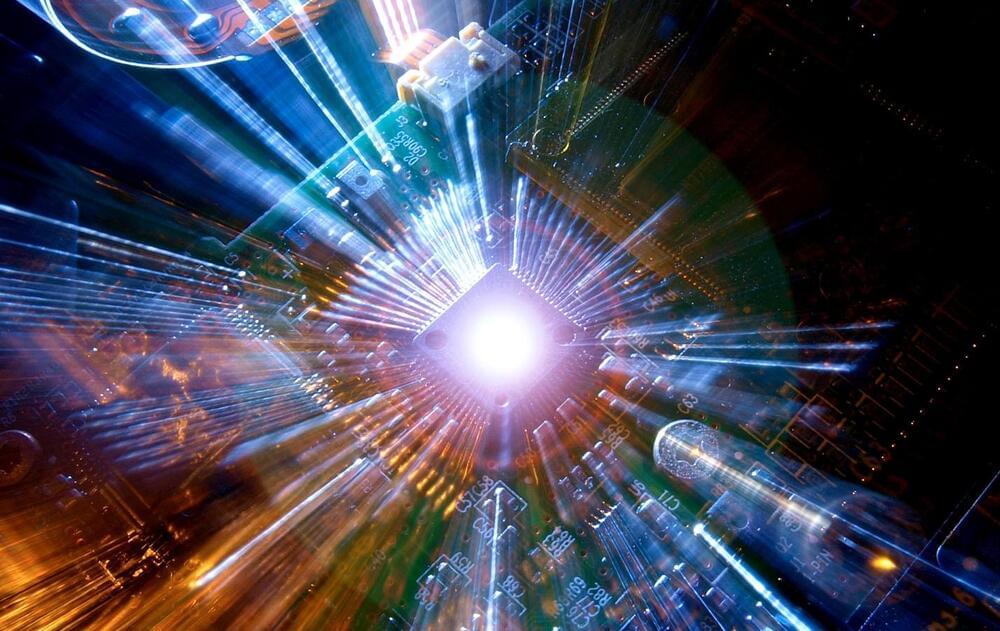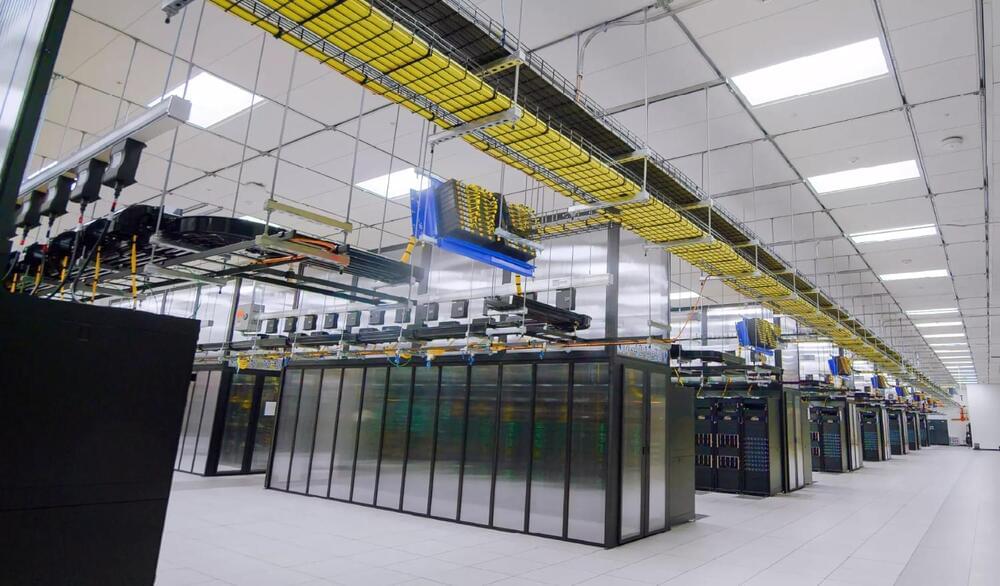64x Bio comes out of the Harvard Department of Genetics. CEO Lex Rovner and her team — which right now, sits around 10 people — are looking to tackle a key hurdle for major companies: manufacturing cell and gene therapies.
Rovner met Church while getting her PhD at Yale, and went on to do a postdoctoral research fellowship in his lab, and, when talking to folks in the industry, found a massive viral vector manufacturing bottleneck that wasn’t being talked about.
After a seed funding round and the company’s launch in 2020, it made some noise in the industry, particularly as Covid-19 made bottleneck issues more visible. There’s a waitlist to get a vector from manufacturers, and not much of a solution to the problem.






